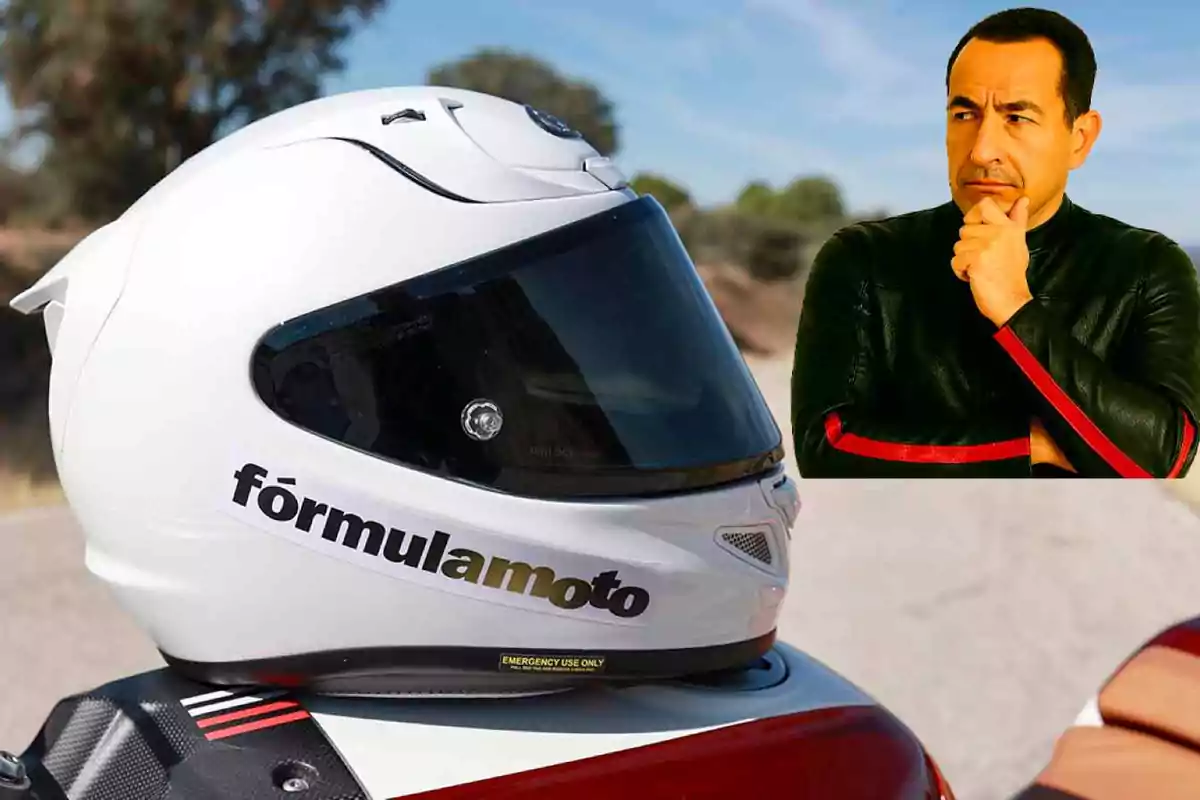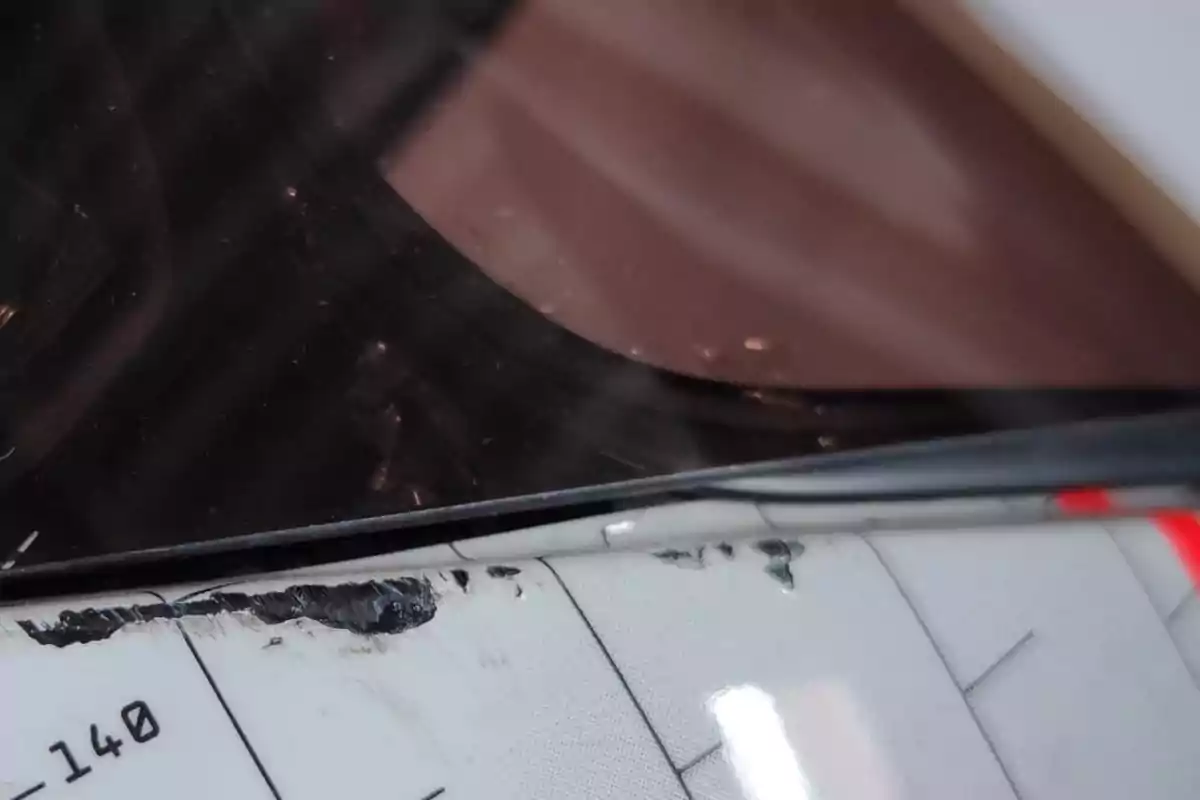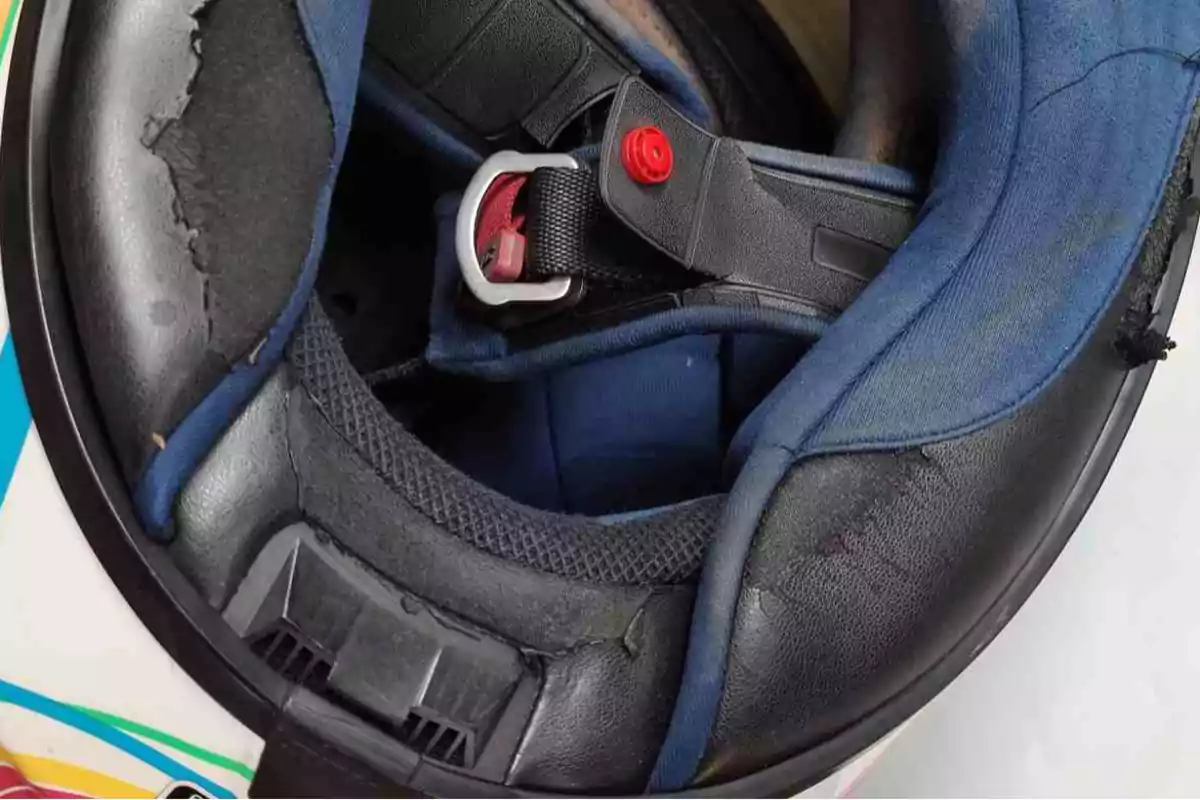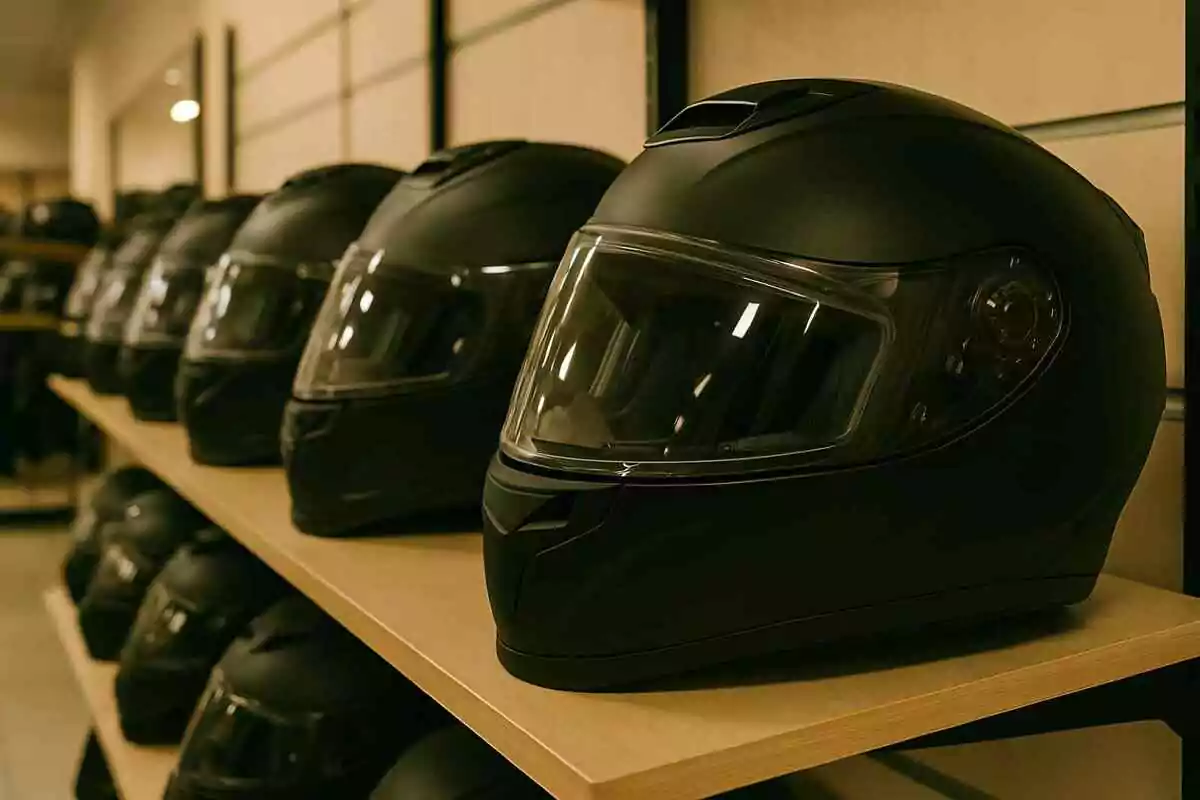
This piece of your motorcycle gear isn't everlasting: don't fall into the trap
The lifespan of this essential equipment on your motorcycle depends on many factors
Let's analyze each one of them to assess how you can use yours optimally.
When we talk about motorcycle helmets, we should naturally focus our attention on full-face models.
After all, they're the most suitable for providing total protection, with no pivoting parts or elements that get caught on each other.
Similarly, if we discuss the service life of a full-face motorcycle helmet, the goal should be to choose those with the highest proven quality.

What does the good condition of a helmet depend on?
Its service life will depend on the strength of the materials and their ability to absorb impacts.
There's an unwritten rule that recommends not extending the use of a thermoplastic resin model beyond five or six years.
Meanwhile, in the case of full-face helmets made with composite fibers, it could be extended to about seven or eight years.

Beyond the materials
However, how you use and care for the helmet is vitalwhen talking about its service life... not just its appearance, precisely.
It's not hard to find users with old helmets that still look "exquisite," and others that, after just a few months of use, seem ready to be dropped off at the nearest recycling center.
The advice is clear: use it properly and you'll get it right.
Therefore, the next rule is just as important as this one: discard your helmet if you find signs of aging or deterioration, whether obvious or "hidden." Let's discover them.

1. Exterior damage
A motorcycle helmet that's certified must meet the proper conditions to withstand any impact.
However, that doesn't mean you should stop worrying just because it fell on the ground or hit a door frame...
Keep in mind that any seemingly minor impact will affect the outer shell, even though it's indeed designed to receive and absorb impacts.
However, this ability diminishes over time and, of course, with the number and type of impacts received.

So, a scratched helmet, "decorated" with small scuffs and a "worn" look with damaged outer lacquer, is a prematurely aged helmet.
Also, attention, in this case it may not respond effectively to an impact resulting from a possible accident.
Replace your helmet without exception
In fact, if you've experienced this, the most appropriate thing is to replace the helmet in either of the two possible cases.
On one hand, you don't see any damage, but after a severe impact, both the outer and inner shells will have given way.
Here, no one and nothing can guarantee the same effectiveness for proper performance in the future.
On the other hand, if the effects are clearly visible (loss of lacquer or paint, cracks, dents...), you have no excuse.
The helmet will have become directly unusable and can't guarantee effective use.

2. Interior damage
While exterior damage, whether visible or not, must be taken seriously, interior damage is no less important even if it's more hidden.
Although a more thorough inspection is needed to locate them, this is absolutely necessary.
Its proper condition is vital for each and every component involved.

Retention and fastening system
One of the most delicate points is found in the retention and fastening system.
Although the popular micrometric, notched, or automatic systems have the corresponding certification, they're not always considered valid.
Keep in mind that they're completely prohibited in competition, where the highest level of safety is required as the risk level skyrockets...

Another issue is that a "click" system may have passed the tests that guarantee proper operation and the necessary quality to protect you.
In short, we should trust its certification for, let's say, conventional use.
In any case, if you find excessive wear on the straps that support it, the most reliable manufacturers may be able to replace it.
The question is whether it's really worth it, or if it's a sign that you need to replace the helmet with a new one.
Interior padding
When we talk about wear, we can't overlook the wear that directly affects the interior padding.
After all, it's the first part of the helmet that comes into contact with our head, which shows its importance.
As we've seen, deformation of the shells in the event of an impact reduces their effectiveness in absorbing a second collision.
But in this case, deformation of the padding is slow, progressive, and inexorable.
That's why, in stores, if it feels too tight during the first fitting, they tell us to wait for the interior to give a little.
Above all, you should monitor vital points like the forehead, the back of the head, and the temples, which must necessarily be free.

Going from a somewhat snug fit to the helmet moving while you keep your head still could just be a matter of time.
Not only the contour of the head, but also the side cheek pads tend to give way.
If this happens excessively, the effectiveness against a possible impact while riding is considerably reduced.

Again, the main manufacturers offer us replacement interiors depending on the available sizes and shells.
If, in addition, the wear is clearly visible, don't hesitate to remove it and get another one.
Well, let's appeal to logic again: after more than five years of service, start thinking about not investing any more in it.
Look for another one that meets your needs... or should we resort to the well-worn phrase "your head is priceless" once again?
More posts: